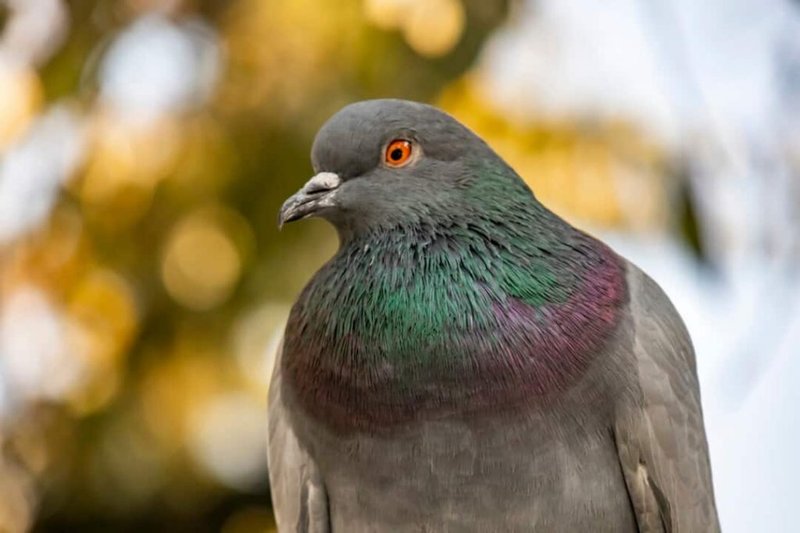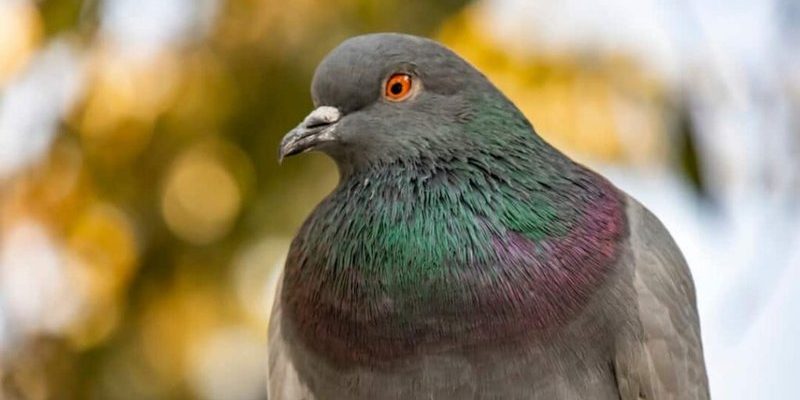
Imagine you’re having coffee with a friend, and they’re trying to explain the latest gossip about mutual acquaintances using a mix of whispers, loud laughs, and soft sighs. Just as you would piece together their message, you can learn to interpret the sounds pigeons make. Whether they’re cooing softly or puffing their chests for a more assertive call, each vocalization has its own meaning. So, let’s dive into the world of pigeon vocalizations and discover what they really mean.
Why Pigeons Vocalize
Pigeons vocalize for various reasons, and understanding these sounds can enhance your appreciation for them. First off, these vocalizations serve as a means of communication. Just like how humans use different tones and pitches to convey emotions, pigeons do the same. They vocalize to establish territories, attract mates, signal danger, or even just to socialize with other pigeons.
Here’s the thing: while you might think pigeons are just making noise, they actually use specific sounds to express particular feelings. For example, a *soft cooing* might indicate comfort or relaxation, while a *sharp call* could warn of a threat. This rich vocal activity allows pigeons to interact in their communities effectively.
The Different Types of Pigeon Sounds
Understanding the various types of sounds pigeons make can unlock a lot about their behavior. Here are some common vocalizations:
- Cooing: This is the most recognizable sound. It’s soft and rhythmic, often heard when pigeons are at ease or courting. The cooing of a male pigeon, in particular, can be quite melodic and is intended to attract a mate.
- Grunting: Think of this as a low-level sound that signifies contentment. You might hear it when pigeons are resting together, suggesting a sense of bonding.
- Whistles: Sometimes, pigeons will whistle, which is usually a sign of excitement or alertness. It can be heard in flocks during feeding or when they prepare to take off.
- Alarm Calls: When danger is near, pigeons produce sharp, quick sounds that alert others to be cautious. This helps them stay safe and can signal to the rest of the group to scatter.
Each vocalization serves a distinct purpose, revealing a lot about the pigeon’s emotional state or immediate situation.
Decoding Cooing Sounds
Cooing is perhaps the most charming of all pigeon sounds, and it often leaves people wondering what’s going on in their little heads. Generally, cooing signifies calmness and comfort. Males tend to coo more during courtship, puffing out their chests to attract a female’s attention. Honestly, it’s a bit like a romantic serenade for pigeons!
You might also notice that cooing can vary in pitch and duration. Low, frequent coos might indicate a pigeon is feeling particularly content or is in a safe environment. Conversely, a series of rapid coos might suggest excitement or nervousness. This adaptability in vocalization shows how pigeons are not only aware of their surroundings but are also in tune with their emotions.
The Role of Vocalizations in Mating
When it comes to mating, vocalizations play a crucial role. Males often use their distinct coos to court females, and this is where their vocal prowess really shines. During courtship displays, they might perform a series of coos coupled with physical displays, like puffing their feathers or bowing. This combination helps signal their fitness as a mate.
Female pigeons are quite discerning. They listen carefully to the quality of a male’s cooing. If a male is particularly skilled, he’s more likely to attract a mate. It’s a bit like a talent show where only the best vocalists win a chance to start a family.
How Vocalizations Help with Social Interactions
Pigeons are social creatures, and their vocalizations help maintain group cohesion. When they gather in flocks, you might hear a mix of coos and grunts. These sounds help them stay connected and reinforce social bonds. For example, when pigeons are perched together, they often coo to each other, which can signal that all is well within their social circle.
Interestingly, these vocalizations also have a calming effect. When one pigeon coos, others may respond positively, creating a harmonious atmosphere. It’s like a group of friends catching up—sharing stories through sounds that create a comforting environment. This social vocalization reinforces group dynamics and helps pigeons feel secure in their community.
Understanding Alarm Calls and Their Importance
When it comes to survival, pigeons are masters of alerting each other to danger. Their alarm calls are sharp and rapid, effectively communicating that there’s a threat nearby. These vocalizations are crucial for survival, as they help pigeons respond quickly to potential predators.
Imagine a group of pigeons pecking at the ground; one suddenly sees a hawk overhead. The pigeon will emit a loud alarm call, prompting the rest to take cover. It’s a bit like a fire alarm going off—instantly grabbing everyone’s attention. This collective awareness strengthens their chances of survival, showing how vocalizations play a key role in their everyday lives.
How Human Interaction Influences Pigeon Sounds
Believe it or not, the sounds pigeons make can also change based on their interactions with humans. Pigeons that are frequently around people often develop different vocal patterns compared to those living in the wild. For example, urban pigeons might have a slightly higher pitch due to the noise in their environment. They adapt their calls to be heard over the hustle and bustle of the city.
Additionally, pigeons kept as pets often mimic sounds they hear regularly, including human speech or household noises. It’s like they’re trying to blend in with their human families! This adaptability highlights how pigeons can change their vocal habits based on their surroundings and the beings they interact with.
Final Thoughts on Pigeon Vocalizations
When you take a moment to listen to pigeons, you might find yourself uncovering a fascinating world of sounds. Each coo, grunt, and call holds a story about their behavior, emotions, and social interactions. So, the next time you’re out in the park or strolling through the city and hear a pigeon, consider what that sound could mean.
Whether it’s a love song, an alarm, or just a chat among friends, these vocalizations offer insight into the surprisingly rich lives of pigeons. By understanding their sounds, we can better appreciate these often-overlooked birds and their vibrant communication skills. So, keep your ears open—you just might discover something new about the feathered friends around you!

